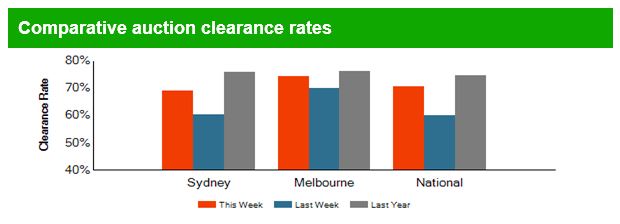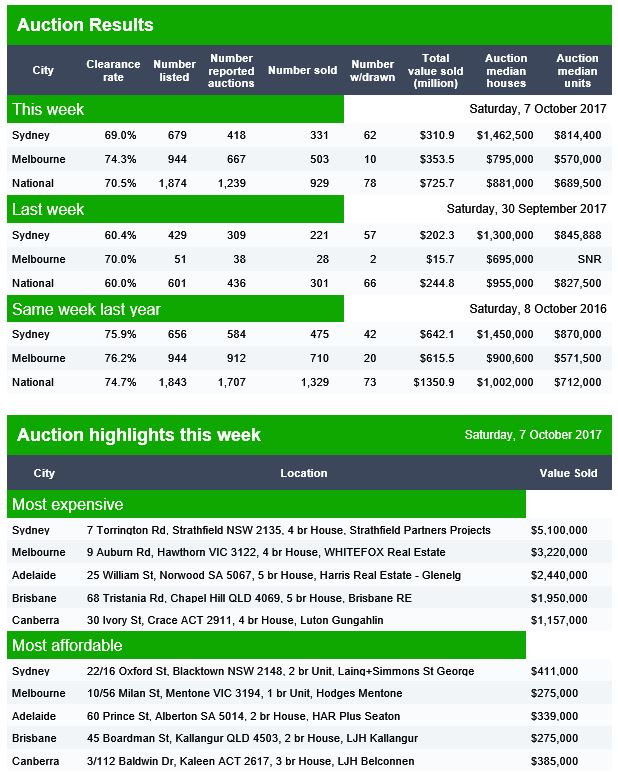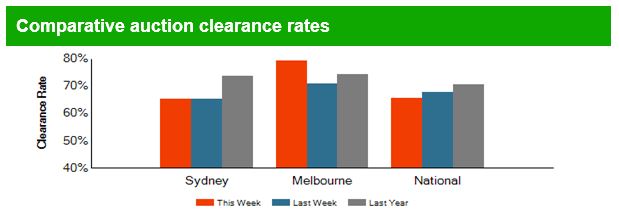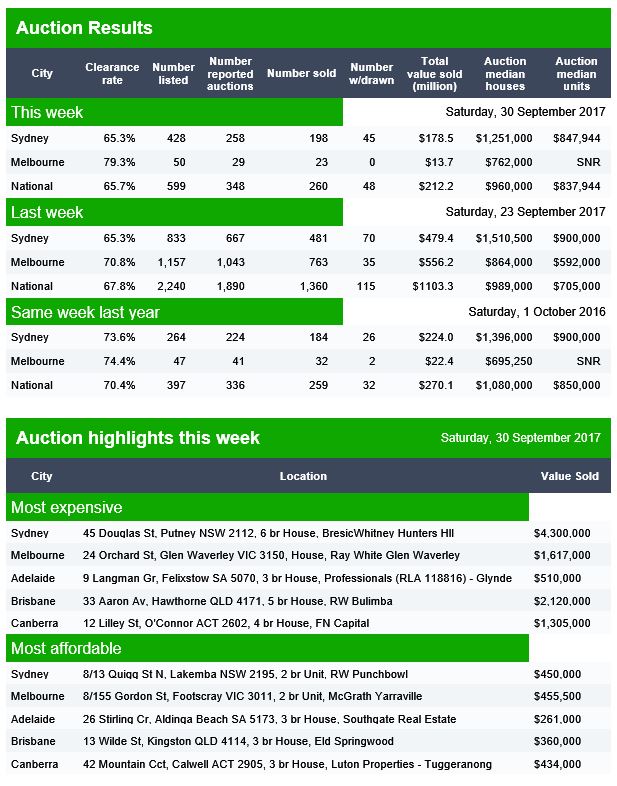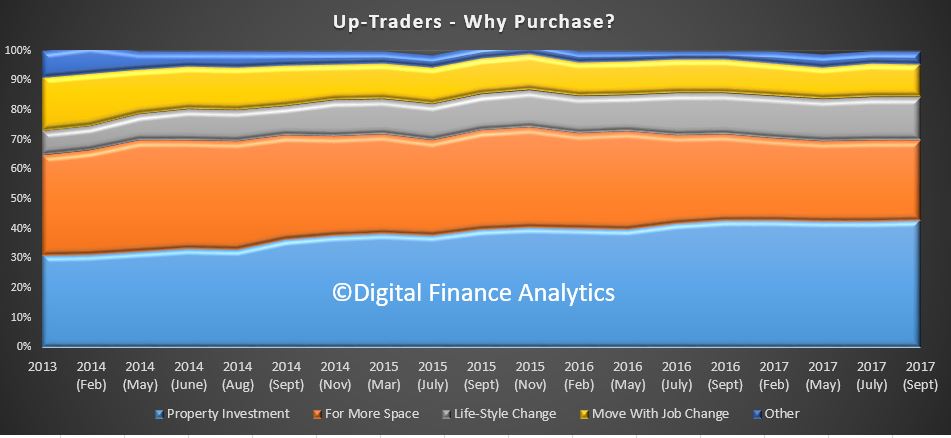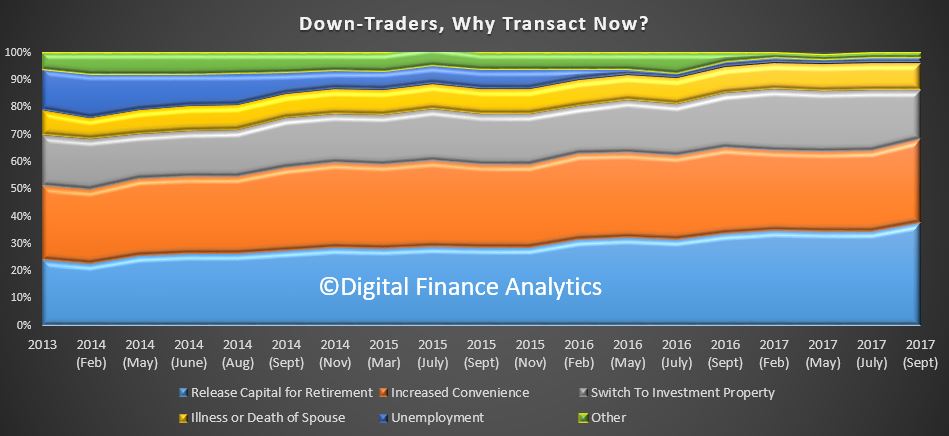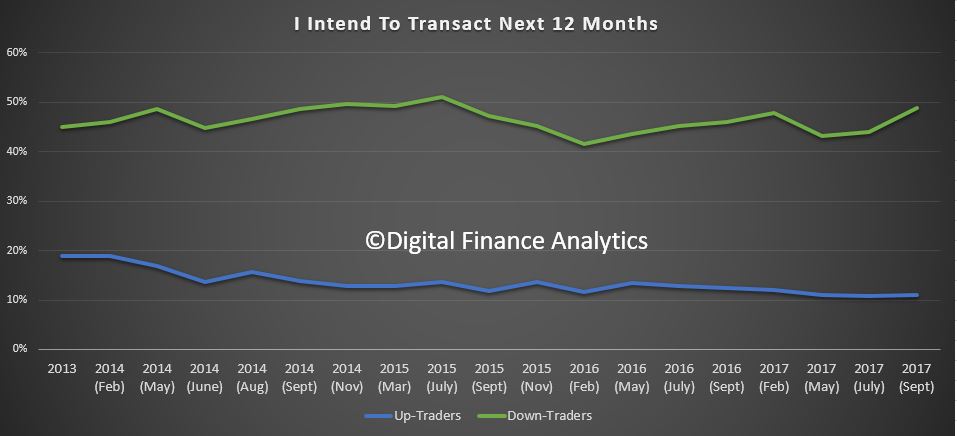According to new analysis by Credit Suisse, demand for housing from Chinese buyers remains strong, especially the purchase of new developments, and this will put a floor under property especially in the main urban centres of Sydney and Melbourne.
As reported in Business Insider, new restrictions on foreign investors are unlikely to stop the flow of housing demand from China, according to Credit Suisse analysts Hasan Tevfik and Peter Liu.
And crackdowns on capital outflows by Chinese authorities appear not have slowed China’s appetite for Australian property, the pair say.
The latest numbers are based on state tax revenue data obtained by Tevfik and Liu in March through a Freedom of Information Request.
“We calculate foreign buyers are acquiring the equivalent of 25% of new housing supply in NSW, 17% in Victoria and 8% in Queensland. Almost all of this is from China,” the analysts said.
Updated to June, the figures show that foreign buyers are snapping up Australian property at an annualised rate of $10 billion per year across NSW, Victoria and Queensland.
That’s only a small percentage of Australia’s $6.7 trillion housing market, but importantly, it makes up a significant percentage of the demand for new housing supply.
Nearly a third of new housing stock being built in NSW is being bought by foreigners. Obviously not all of that is for new dwellings, but the vast majority would be.
And while much has been made of the crackdown on investor-funds leaving China, the Credit Suisse research shows the actual impact has been minimal.
Here are Tevfik and Liu’s comments :
In December 2016, the Chinese authorities introduced new and stronger capital controls to slow money flowing out of the middle kingdom. Our tax receipt data help measure how effective these controls have been — and it seems they haven’t been. In NSW, where we have three complete (and reliable) quarters of tax receipt data, we can see foreign demand for property has so far hovered around $1.4 to $1.6bn per quarter.
After concluding that China’s crackdown doesn’t appear to be stemming off-shore capital flows, Tevfik and Liu also noted that Chinese investors are cashed up and ready to spend.
There are currently 1.6 million US dollar millionaires in China, and that converts to shared wealth of a whopping $13 trillion – around twice the size of Australia’s housing market.
“As our property market becomes more global perhaps we should be concentrating less on Australian incomes as a measure of buying power and more on wealth creation in the Asian region,” the analysts said.
So, what factors could stem the seemingly invevitable flow of capital from Asian markets into Australian property?
Tevfik and Liu highlighted the potential impact of recent tax increases on foreign investors introduced by Australian states, as well as the impact from a devaluation of the Chinese currency.
In June, NSW announced that it would double stamp duty on foreign investors from 4% to 8% while land tax would increase to 2% from 0.75%, effective from July 1.
Victoria and Queensland also impose additional taxes on foreign investors of 7% and 3% respectively, calculated as a proportion of the purchase price.
However, they said that past examples from other international suggest the impact on house prices will be small.
“The introduction or increase of a tax on foreign buyers seems to slow demand to a point where property prices decelerate, but it does not cause housing values to contract,” Tevfik and Liu said.
This chart shows the impact on house prices in other international markets after the implementation of tax increases on foreign investors.
“Based on the experience of other cities around the world, we do not believe the recent increase in taxes by NSW will cause property prices to contract,” the pair said. Although they added that Chinese investors are an easy target for Australian state governments, and didn’t rule out further rate increases in the future.
A more likely scenario to reduced demand, the analysts said, would be a devaluation of China’s currency, the renminbi.
“From our many and various discussions with Chinese investors and companies, there is a consensus view that the renminbi is set to depreciate further from here. If and when it does the buying power of Chinese investors will diminish.”
Tevfik and Liu noted that the renminbi has been broadly depreciating since 2014. In that context, they added that Chinese policy-makers are focused on stability ahead of the 19th Communist Party Congress later this month, but said movements in the currency after that will be worth monitoring.
In summary, the two analysts dispute recent reports suggesting foreign investor demand will slow. On the contrary, “we forecast these flows to continue at a strong pace and will serve to cushion the downside in activity and prices”, they said.
“It’s different this time. While we acknowledge residential investment and house price inflation are set to moderate we don’t think there will be a collapse. The foreign buyer has never before been as an important driver of the Australian housing market as she is now.”








